Did you ever eat in a cafeteria and realize that the plastic clamshell that carries your meal for twenty feet and is empty in 10 minutes will still be around somewhere a thousand years from now? Is your lunch delivered with each teaspoon of ketchup, mayonnaise and mustard in its own individual pack? Did you ever take a spin class and see 40 water bottles, 38 of which will be tossed out in an hour and be sitting in a landfill after everyone in the class has died of old age? Do you order takeout often enough to have a pile of Tupperware and plastic utensil packs jammed into your kitchen that’s big enough for a small army? Did you ever buy a package of gum in a drug store and have the clerk give it to you in a plastic bag? Maybe even double bagged?
Yes, we are all obsessed with efficiency and convenience. We know that very few of us are willing to cook and pack a lunch every morning, and somehow at the end of a long day, the lure of food delivery websites is strong. But little acts can make a big difference in our world.
Virtually every piece of plastic ever created is still somewhere on the planet in one form or another. As we will show you on this website, this is a huge environmental problem on many levels. We make ourselves feel better by recycling, but the fact of the matter is that recycling is very inefficient and expensive. More than 80% of our plastic ends up in landfills even with aggressive recycling programs.
Putting your faith in high tech cleanup devices to remove visible plastic just isn’t enough. If anything, it makes things worse by convincing consumers that there is no need to curtail our appetite for disposable items, since someone else will take care of the problem. Nothing is more important in fighting this problem than source reduction – simply using less plastic. And that depends on you, the consumer, making smart choices.
We hope that this site will give people resources that we need to make a difference. We plan on highlighting businesses that deliver food in as little plastic as possible, and to point out simple methods of reducing our own personal plastic consumption.
